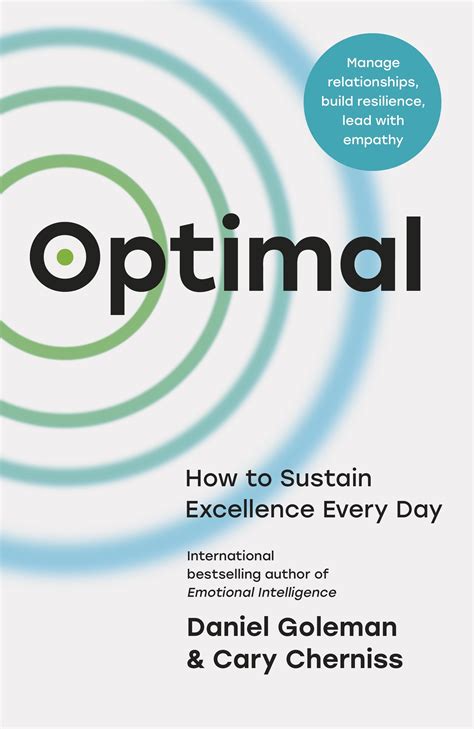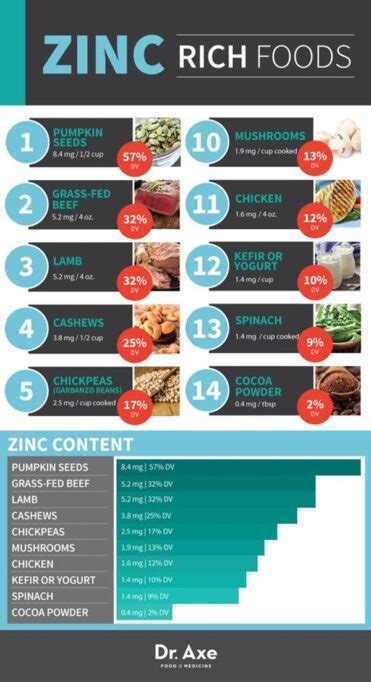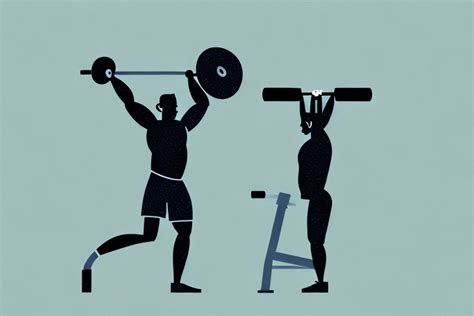Optimal time-efficient workout split for busy men’s peak strength & gains?

The Busy Man’s Workout Dilemma
For many busy men, the quest for peak strength and significant muscle gains often clashes with demanding schedules. Time is a precious commodity, and long hours at the gym might simply not be an option. The challenge lies in finding a workout split that maximizes efficiency without compromising effectiveness. This article delves into various workout split philosophies, evaluating their suitability for those with limited time but ambitious fitness goals, ensuring every minute in the gym counts.

Understanding Time-Efficient Workout Splits
A workout split is simply how you organize your training days across the week, determining which muscle groups you train together. The right split can optimize recovery, allow for sufficient volume, and most importantly for busy individuals, make the most of limited gym time. Key considerations for efficiency include training frequency (how often you hit a muscle group), intensity (how hard you train), and volume (total sets and reps).
1. Full Body Workout (2-3 times/week)
This classic approach involves training all major muscle groups in a single session, typically done 2-3 times per week with rest days in between. It’s excellent for busy men because it offers high frequency for each muscle group, even with fewer gym visits. It’s particularly effective for beginners and intermediates looking for strength and muscle growth, as it allows for ample recovery while providing frequent stimulus.
Pros: High frequency, excellent for strength and muscle, fewer gym trips, good recovery time between sessions.
Cons: Sessions can be long if too many exercises are included, potential for fatigue if not managed correctly.
2. Upper/Lower Split (4 times/week)
The Upper/Lower split divides your body into two distinct training days: one for upper body muscles and one for lower body muscles. Typically performed four times a week (e.g., Mon: Upper, Tues: Lower, Wed: Rest, Thurs: Upper, Fri: Lower), this split allows for more volume per muscle group compared to a full-body routine, as you dedicate an entire session to either half of your body.
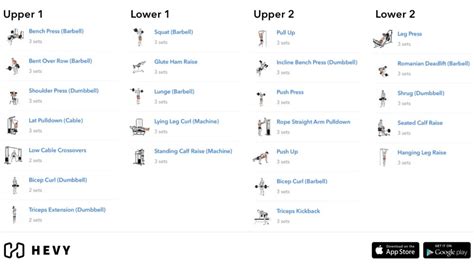
Pros: Better recovery for specific muscle groups, higher weekly volume potential than full body, still manageable with a busy schedule.
Cons: Requires 4 days in the gym, which might be a stretch for some.
3. Push/Pull/Legs (PPL) Split (3 or 6 times/week)
The PPL split organizes exercises based on movement patterns: Push (chest, shoulders, triceps), Pull (back, biceps), and Legs (quads, hamstrings, glutes, calves). This split can be run 3 times a week (one pass through PPL) or 6 times a week (two passes through PPL). For busy men, the 3-day version offers a structured, effective approach to hit all muscle groups once, while the 6-day version is for those who can commit more time and want to maximize frequency and volume.
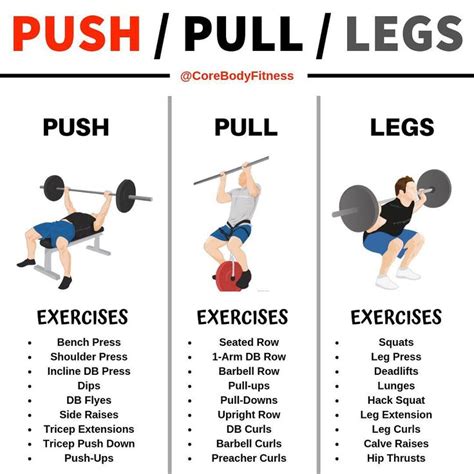
Pros: Logical muscle grouping, allows for focused training, high frequency potential with 6-day version, good for progressive overload.
Cons: 3-day version offers lower frequency per muscle group, 6-day version is very demanding.
Maximizing Efficiency: Key Principles for Busy Men
Regardless of the split you choose, certain principles can supercharge your time in the gym:
- Focus on Compound Exercises: Prioritize multi-joint movements like squats, deadlifts, bench presses, overhead presses, and rows. These exercises engage more muscle mass, elicit a greater hormonal response, and provide more bang for your buck than isolation exercises.
- Implement Supersets & Drop Sets: Pair non-competing exercises (e.g., bench press with bent-over rows) or perform drop sets to increase intensity and density without extending workout duration.
- Progressive Overload: Consistently strive to lift more weight, perform more reps, or increase time under tension. This is the fundamental driver of strength and muscle growth.
- Minimize Rest Times (within reason): Keep rest periods between sets purposeful and efficient. Shorten them for accessory work, but ensure enough rest for compound lifts to maintain strength.
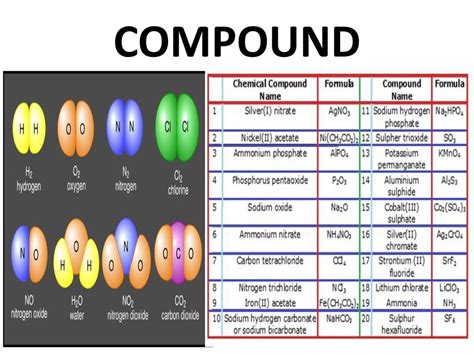
Recommended Splits for Busy Men’s Peak Gains
- For 2-3 Days/Week: The Full Body Workout is undeniably the most optimal. It allows for high frequency training of all muscle groups with fewer trips to the gym, making it sustainable and effective for building strength and size.
- For 4 Days/Week: The Upper/Lower Split provides an excellent balance. You get increased volume and frequency for each body part compared to a 3-day full body, while still allowing for good recovery.
- For 3 Dedicated Days (e.g., Mon, Wed, Fri): A carefully designed Full Body Routine or a single pass PPL (Push, Pull, Legs) could work. The PPL offers more focus, but the Full Body will hit muscles more frequently within the week.
Conclusion: Consistency and Adaptation are Key
The “optimal” workout split is ultimately the one you can adhere to consistently over the long term. For busy men, sustainability is paramount. Focus on compound movements, implement progressive overload, and prioritize consistency over perfection. Don’t underestimate the importance of nutrition and adequate sleep, as these are critical for recovery and muscle growth, especially when time in the gym is limited. By choosing an intelligent, time-efficient split and sticking to the fundamental principles of training, peak strength and significant gains are well within reach, even with the most demanding schedules.



